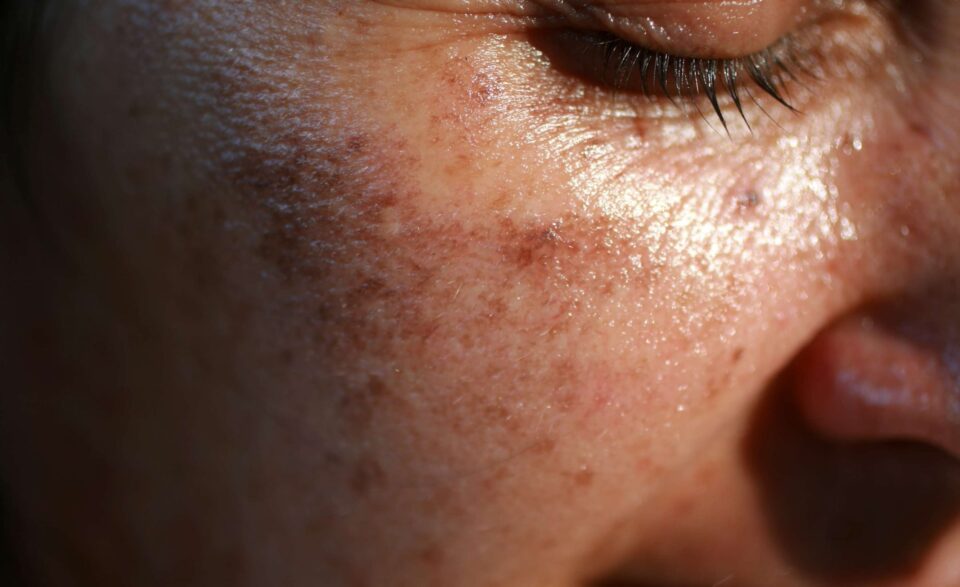1. Wear SunScreen
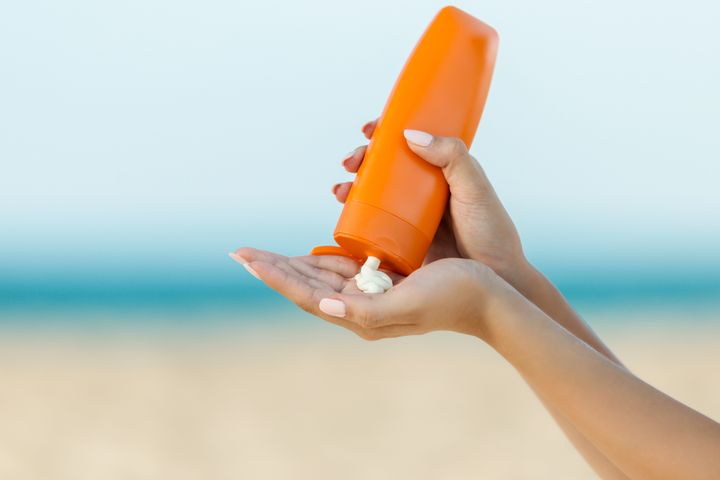
Sunscreen is a must for sun-spotters who spend long hours in the sun. It is essential to protect your skin from the sunlight on a daily basis, even if it is cloudy and yes, even in the winter! No matter how much time you spend in the sun, the sun can affect your skin, create pigmentation issues, freckles, sun spots, dry out your skin, and even enhance wrinkles. Even though a long day at the beach with the sun shining down is more damaging than a short walk to the grocery on a cloudy morning, the cumulative effects of sun exposure can be devastating. To avoid a sunburn, use a moisturizer that has a minimum of 30 SPF as your daily moisturizer. Wearing sunscreen is the first step in avoiding sunburns.
2. Wear hats
Wear a hat if you plan to spend time in the sun. Believe it or not, you can actually get sunburns on your scalp since most people don’t actually put sunscreen on their heads. You can prevent these scalp burns by wearing hats, which can also help protect your eyes and face from the sun.
3. Wear Sunglasses
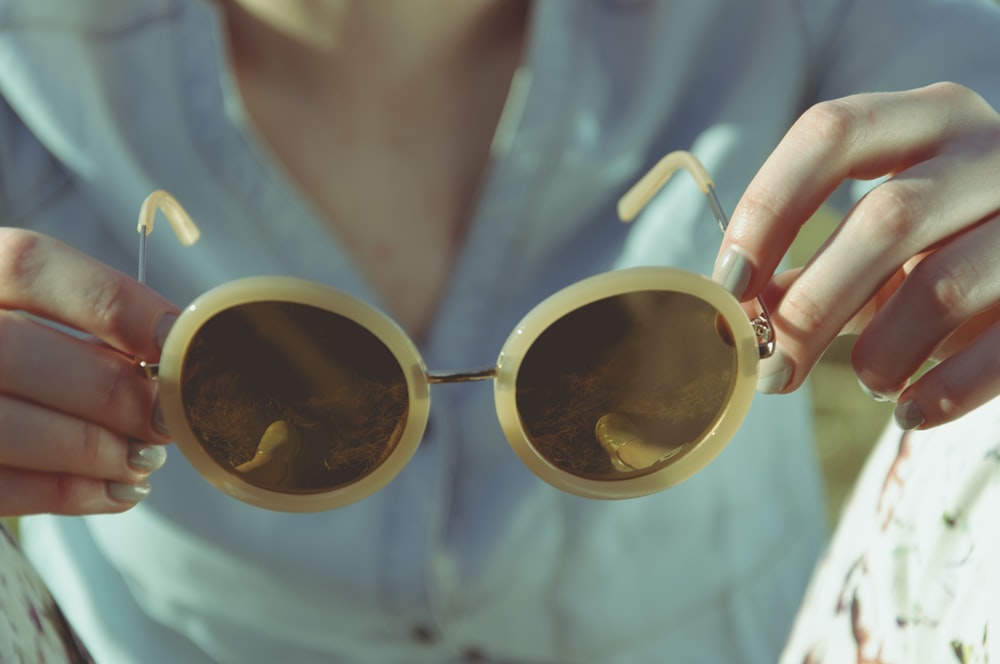
Your skin around your eyes can be more sensitive than the skin on the rest of your face. Sunglasses can be used to protect the area from sunburns and pigmentation. Though sunglasses are mostly meant to protect your eyes from the blinding sun, they can also protect the delicate skin around your eyes, which will also help prevent the dreaded crow’s feet.
4. Don’t Go Into Tanning Beds
Tanning beds can cause genetic damage to your skin’s superficial layers. The skin attempts to protect itself by producing melanin which is why we get tanned. Tanning beds emit UVA rays which damage collagen and affect even deeper layers of the skin. The average time it takes to get a tan in tanning beds is 10 minutes. This means that the UV exposure is very intense and can cause significant damage and more severe skin conditions than when you are out in the sun. You can get a tan by opting for a UV-free tan. Also, consider spray tans and self-tanners. A nice tan can make you look great until you get sun spots or skin cancer. Be safe and please opt for more natural and less invasive ways to get a tan.
5. One-year physical exam
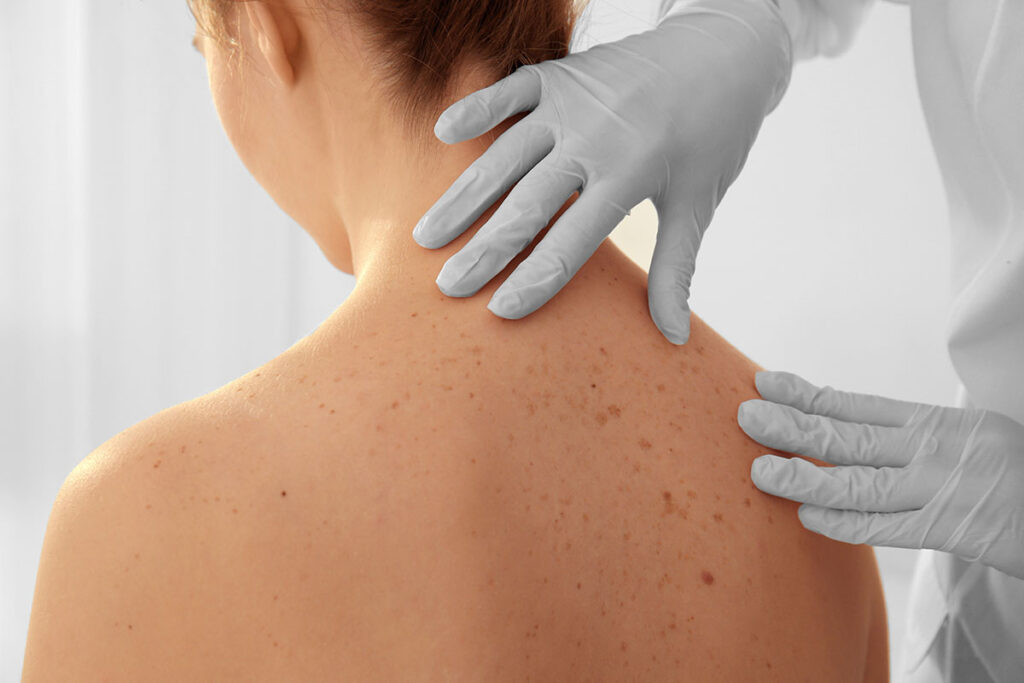
To have a skin exam, visit a dermatologist at least once a year. Even if you spend little time outside or follow a good sun protection and skin care routine, sun damage can still happen. A dermatologist will check your skin once a year to confirm if everything is fine and if you need to take additional steps to maintain it. There is nothing wrong with taking that extra step to protect yourself from the damages that could potentially occur. While it is likely that there is nothing wrong with your skin, early detection of skin cancer can quite literally save your life!
6. Pay Attention to the Medications You Take
You may be more sensitive to the sun than you think. There are many medications that can increase your sensitivity. Talk to your doctor about the medications you are taking and do some research to determine if they fall within this category. Accutane, Retinoic Acid and other acne medications can increase your sun sensitivity. The best way to confirm that all the medications you are taking are sun safe, is to schedule an appointment with any physician who can tell you whether or not your medications have any negative side effects regarding sun exposure. This is also why certain treatments available at medical spas are only possible to administer if you have stopped taking certain medications two weeks prior to your treatment. One of these treatments is Fraxel dual laser treatment. You can read more about this treatment below.
7. Do not spend too much time in the sun between 10am and 4pm

The intensity and UV radiation levels of the sun will vary depending on where you live but are also the most powerful between 10am and 4pm. Avoid too much sun exposure during this time. If you do decide to go outside, make sure to take all the steps above into consideration as well.
8. Take Care of Sunburns
You should not ignore a sunburn if you get it. If the sunburn is severe, you can cool and soothe it with aloe vera or a hydrocortisone lotion. Cool baths and showers can be used to relieve burning sensations. To prevent further dehydration, you should also leave any blisters alone. Take extra precautions if you plan to go outside to avoid further sunburns, for example following the above mentioned steps.
9. Get Treatments For Your Sun Damage
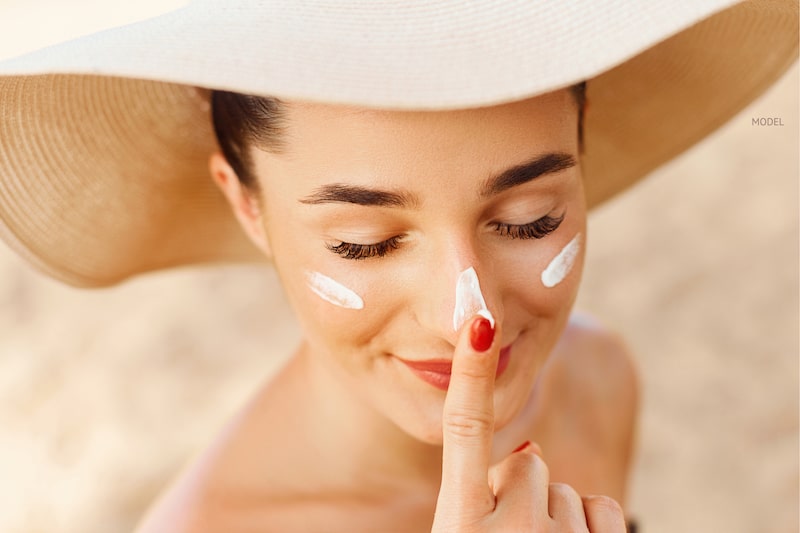
There are treatments available to treat sun damage such as age spots, fine lines, wrinkles and pigmentation. You may be eligible depending on your skin type. Fraxel is a popular laser treatment for sun damage and pigmentation. It targets the superficial layers of the skin by removing sun related hyperpigmentation. This treatment is very effective. However, if you have active acne, are taking Accutane, or Retinoic acid, you might need another treatment. Talk to your doctor about the best treatment for you. You can learn all about Fraxel by checking out this link.
10.Take good care of you skin
It is important to take care of your skin. Sun damage can affect anyone. You should have a daily routine for skin care. Make sure you clean your face well before going to bed and exfoliate it. If you are planning on going out in the sun or generally spend a lot of time outdoors, it can be incredibly helpful to follow the above mentioned steps. They are simple and easy to follow and keep in mind that just a little bit goes a long way and that your skin will thank you!

